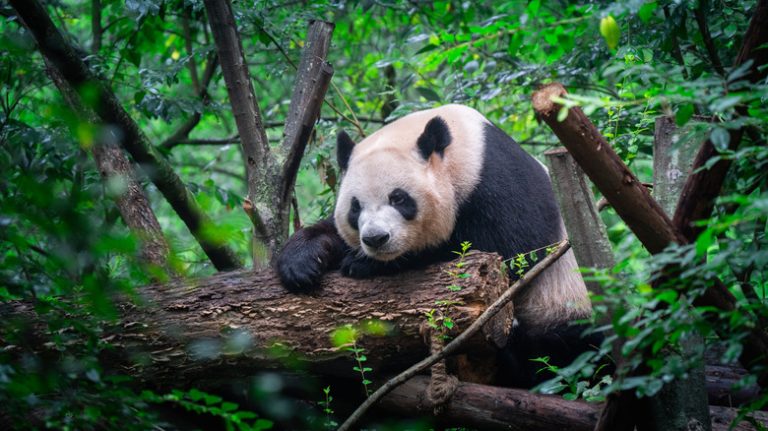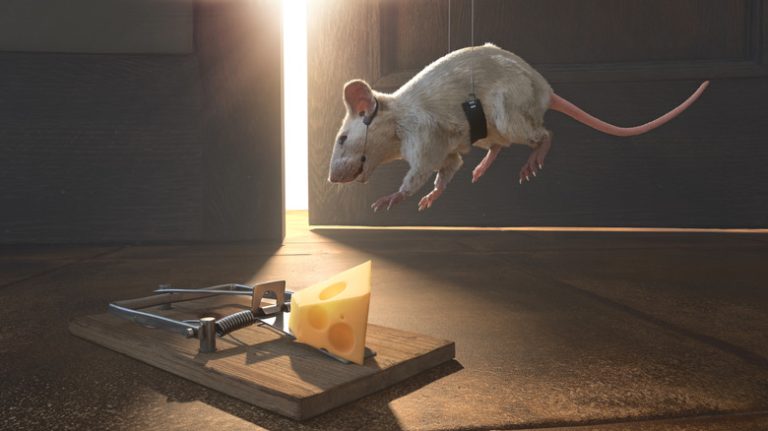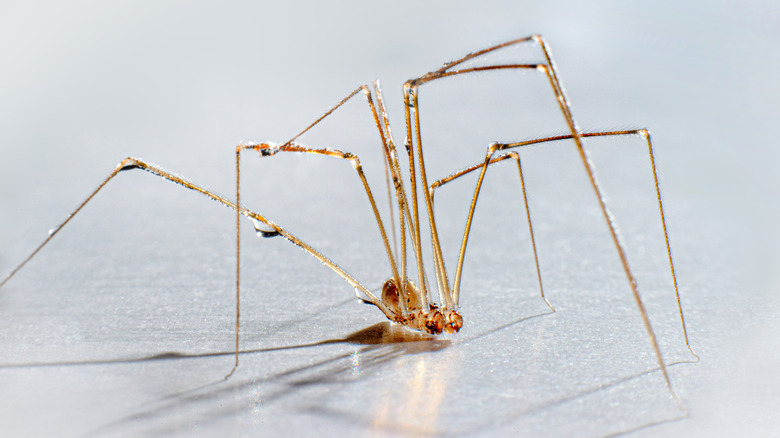
There is a well-known “fun fact” about animals that claims daddy longlegs are the most venomous spiders in the world, and the only reason they don’t harm humans is that their fangs are too short to pierce our skin. However, this is not true at all. In reality, many people who eagerly share this fact aren’t even sure which animal they are referring to. “Daddy longlegs” isn’t a scientific term; rather, it is colloquially used to describe at least three different species, only one of which is actually a spider.
The only true spiders referred to as daddy longlegs are pholcid spiders, more commonly known as cellar spiders. Otherwise, the term is often applied to crane flies, which are insects belonging to the family Tipulidae, characterized by their extremely long legs, often mistaken for both pholcid spiders and mosquitoes. In fact, some also call them mosquito hawks, further complicating the species’ nomenclature.
Crane flies are easy to identify once they spread their wings, but the third species that bears the daddy longlegs name is more deceptive. They are wingless arachnids, but they aren’t spiders. Instead, they belong to an order called Opiliones and are also known as harvestmen. They differ from spiders by having only one body segment and two eyes, and critically, they lack venom glands. The same is true for crane flies, meaning two of the three creatures we call daddy longlegs don’t even produce venom. As for the actual spiders, it’s a bit more nuanced.
Cellar spiders are venomous, but far from the worst
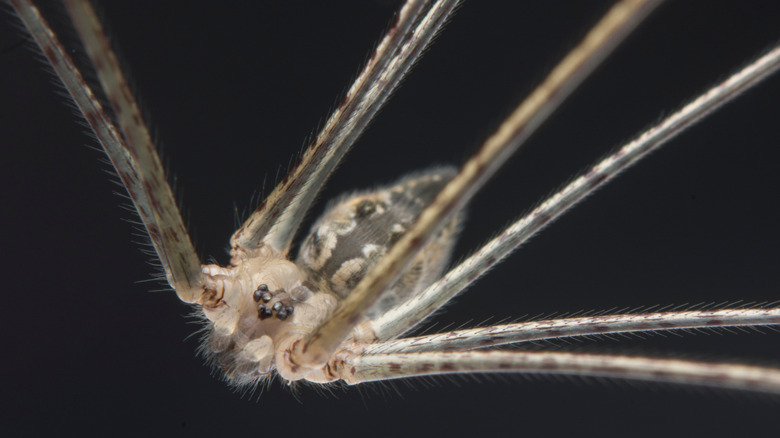
The only true spiders to be called daddy longlegs are members of the family Pholcidae, known as pholcid spiders or cellar spiders. There are nearly 2,000 different species of pholcid spiders, all distinguished by their extremely long legs. These lengthy appendages serve a useful purpose, as the spiders can use their hind legs to hurl silk at prey, capturing victims much larger than themselves while keeping their bodies away from potential danger. The legs also help pholcid spiders to move quickly across various surfaces and to sense vibrations to locate potential prey.
Pholcid spiders are venomous, but so is nearly every other spider (only two non-venomous spider groups exist), and their venom is targeted at the creatures they prey on, not human beings. Pholcid spiders are toxic to the flies and bees they eat, but their venom is not potent enough to harm a human. Furthermore, their jaws really aren’t strong enough to pierce our skin, so that part of the legend is somewhat accurate. A 2019 study published in the journal Frontiers in Ecology and Evolution compared the venoms of the pholcid spider Physocyclus mexicanus with the western black widow (Latrodectus hesperus) when injected into mice, and found that the black widow’s venom was more toxic. However, even that can’t match the danger of the actual most venomous spider in the world.
The spider that’s actually the most venomous in the world
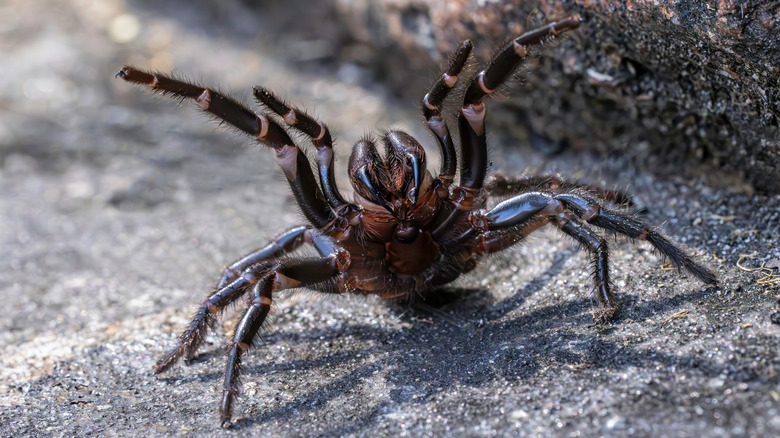
The real champions of arachnid toxicity come from Australia, a land that seems positively filled with venomous species that can kill you in minutes. Australian funnel-web spiders, which belong to the family Atracidae, are believed to be the most venomous spiders in existence, named for the funnel-shaped webs they build to ensnare passing prey. The Sydney funnel-web spider (Atrax robustus) is particularly notorious due to its presence around Australia’s most populous city. There were 13 recorded deaths from Sydney funnel-web bites before the introduction of antivenom in 1981, and although no deaths have occurred since, the highly aggressive funnel-web spiders still bite 30–40 people annually.
Considering both the lethal record of the funnel-web spider and its intimidating appearance, it’s hard to see how the spindly daddy longlegs was ever thought to be more dangerous, but one potential explanation may lie in yet another spider. Brown recluse spiders of the genus Loxoceles are not the most venomous spiders in the world, but they are possibly the most venomous in the United States, rivaled only by black widows. Brown recluses have a very similar appearance to pholcid spiders, with long spindly legs. However, you can identify a brown recluse by its body size and other unique features. Brown recluses are widespread in the U.S., but fortunately, they live up to their name, and only bite people if they are provoked.
“`




